Cairo, Egypt
I was invited to speak at the memorial service for my colleague and friend, Professor Doris Enright-Clark Shoukri, at the American University in Cairo. It was to be held at the downtown Cairo campus, overlooking Tahrir Square. Doris had worked as a professor of English literature at the university from 1955 to 2017. The same age as Queen Elizabeth II, she too had the aura of a fixed point in the firmament. I live in a new suburb fifteen miles west of Tahrir Square. Like Cairo’s other new suburbs, it developed in the Mubarak years without plans for properly connecting it to the overcrowded capital its wealthy citizens sought to escape. But the current President, Abdel Fattah el-Sisi, has been energetically advancing public works projects. The highway has been widened and will soon link up with other roads and bridges. Images of progress appear on campaign posters along the sides of the road. Sisi is standing for re-election next month.
It should have been easy to reach the university. The memorial was due to be held on a Friday, the weekend in Egypt, with minimal traffic. Besides, the organizer had sent an email confirming the event would take place at 6 p.m., as planned, with music starting at twenty minutes before. Demonstrations in support of Palestinians in Gaza would take place after Friday prayers in Madinat Nasr, far from Tahrir Square, and were expected to be over before the time of the memorial.
Since Sisi came to power in 2014, his government has not allowed demonstrations. He is determined to avoid public disturbances after they led to the overthrow of Mubarak in 2011. He is assiduous, too, in rooting out the Muslim Brotherhood, his deadly enemy. It ruled before him, planned assassinations in Egypt, and has links with Hamas. Consequently, he vehemently opposes the prospect of Palestinians escaping Gaza through the Rafah crossing because he sees it as a way for Hamas to infiltrate Egypt. He has strong public support for resisting Israeli suggestions that settlement in Sinai is a solution to the Palestinian problem. Nonetheless, Sisi wants to show sympathy for the Palestinians. Egyptian television and social media are dominated by images of destruction in northern Gaza and the impossibility of escape to the south. Footage of bombed hospitals and injured children is widely watched. Sisi has invited Egyptians to express their outrage at the situation, preventing otherwise pent-up emotions from spreading into greater discontent.
On the BBC I see Palestinians, as well as other nationals, crowding the Rafah crossing. Lines of lorries with aid wait to be allowed into Gaza. Air raids, and the bad condition of the road, prevent Egypt from letting the trucks through. Israel, meanwhile, insists that desperately needed supplies of food, medicine and especially fuel must not fall into Hamas’s hands. “The result: dire stalemate,” explains the BBC reporter.
My old university office overlooked Tahrir Square. I worked there long before the 2011 revolution when demonstrators occupied Tahrir and ousted Mubarak. It is said the Muslim Brotherhood shot at protestors from the university’s roof. At the square’s center is a pink granite obelisk from the period of Ramses II. It is supposed to symbolize the greatness of Egyptian civilization, unify a multi-religious nation and attract visitors from around the world. Plain-clothes security guards keep a close watch on the square. It is largely deserted apart from the traffic.
As my wife and I were preparing to leave for the memorial, she looked at Google Maps and reported with alarm that no way was indicated to the university. “Look later,” it said. When we did, all routes had turned red. An email arrived. The event would be rescheduled. The university’s president had been informed by the police that the roads to Tahrir Square had been blocked. It then emerged that those protesting after Friday prayers at Al-Azhar, Egypt’s most important mosque and its center of Sunni theology, had set off for Tahrir but police action had averted Sisi’s worst nightmare. With demonstrations now sanctioned, though, it may be hard to stop more in future.
In the end, the memorial took place on the following Wednesday but at the university’s new campus in the far east of the city, well away from central Cairo and the Tahrir campus. On the news that day it was reported that a handful of trucks were being allowed into Gaza. More crowds had massed at the closed Rafah crossing but it seemed unlikely many people would be allowed through. I thought of Doris and recalled once discussing with her a play by Jean-Paul Sartre. It was Huis Clos — or No Exit in English. It is set in hell.
This article was originally published in The Spectator’s UK magazine. Subscribe to the World edition here.



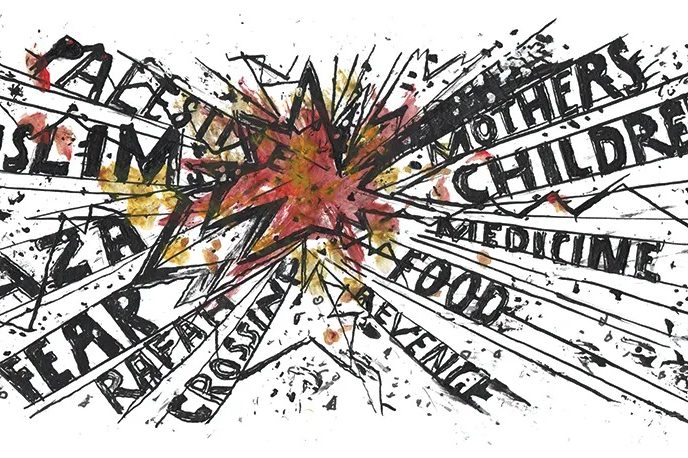






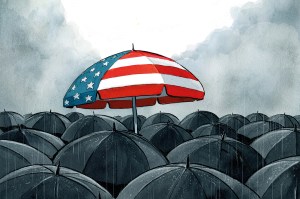


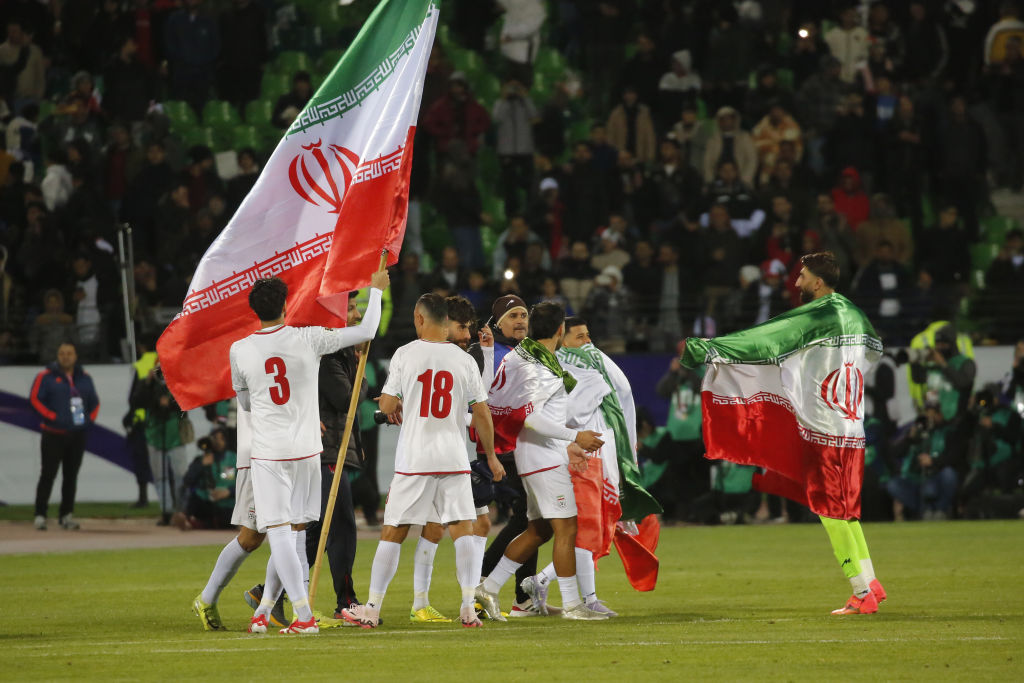
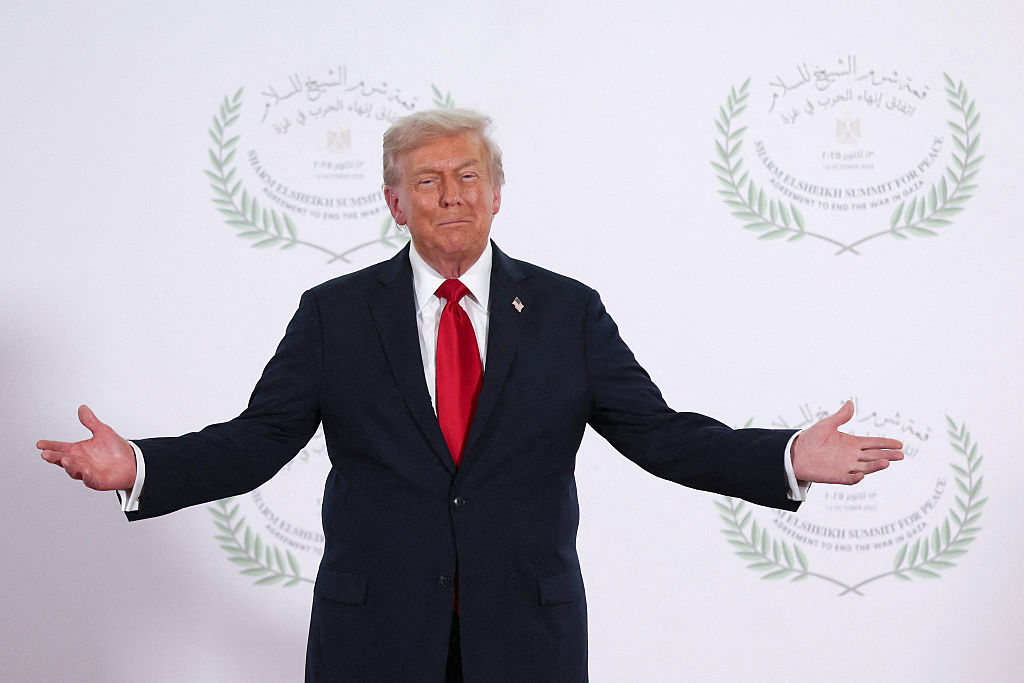
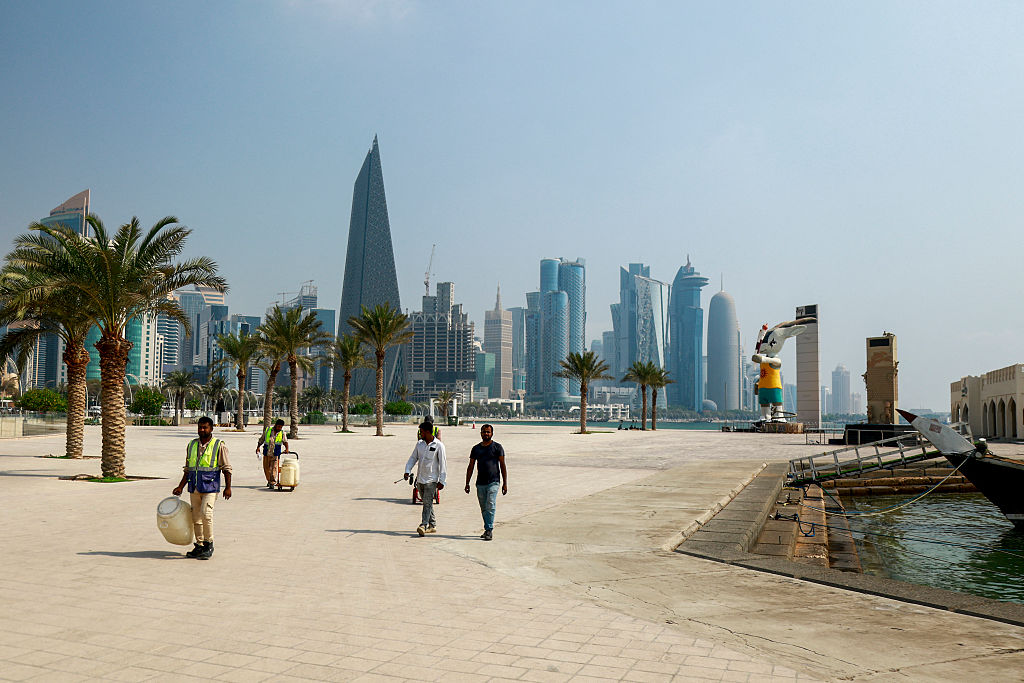
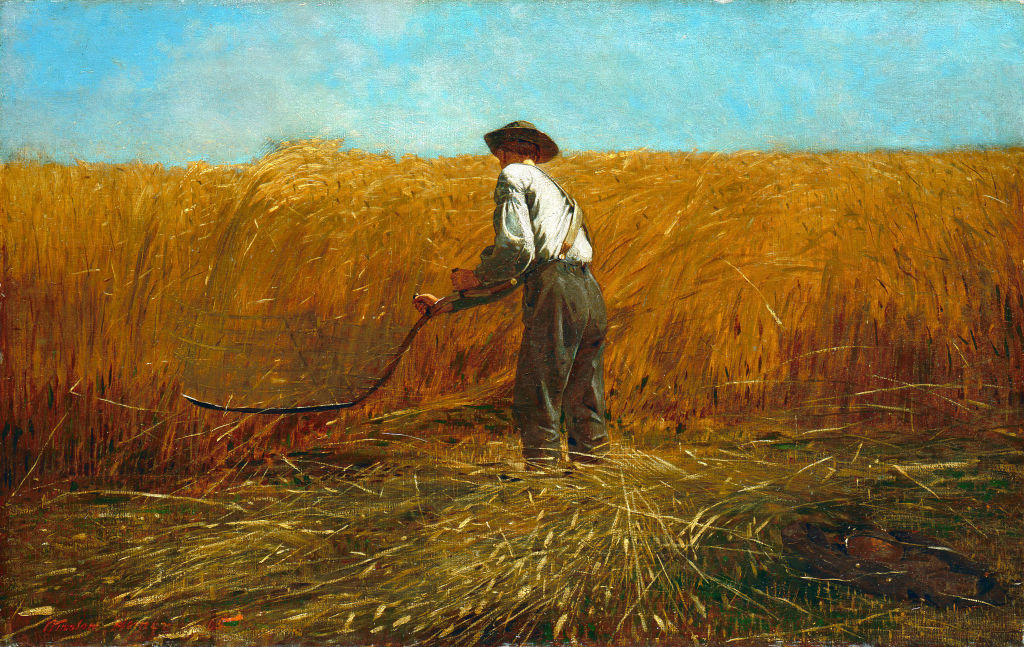
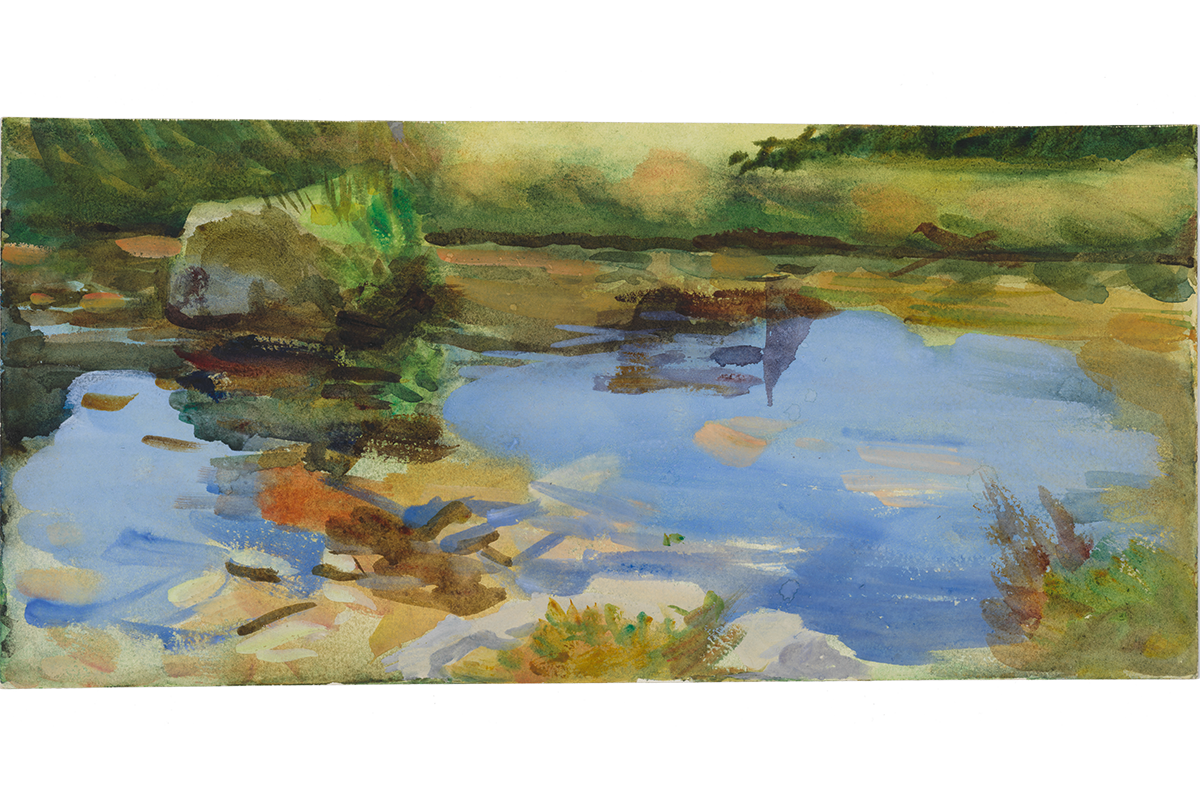
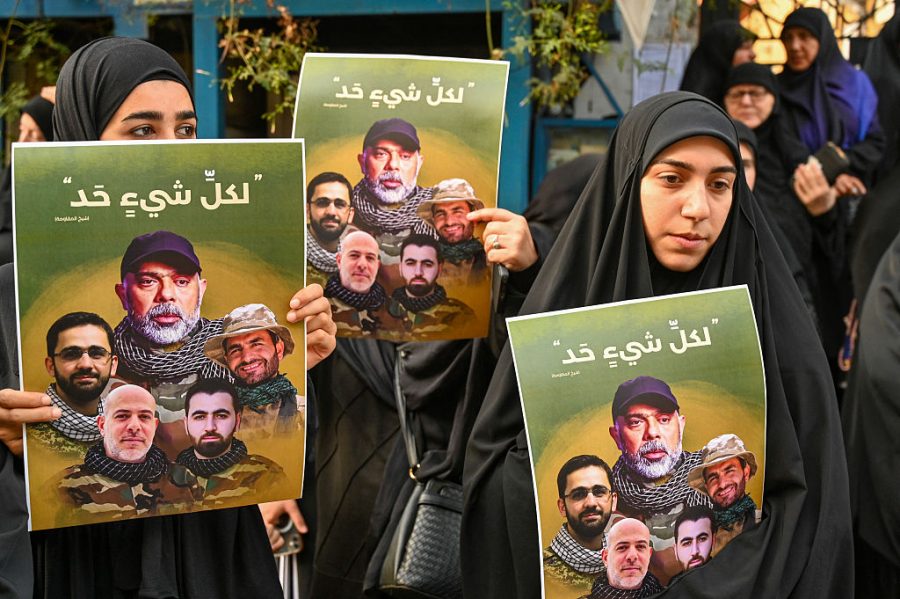







Leave a Reply